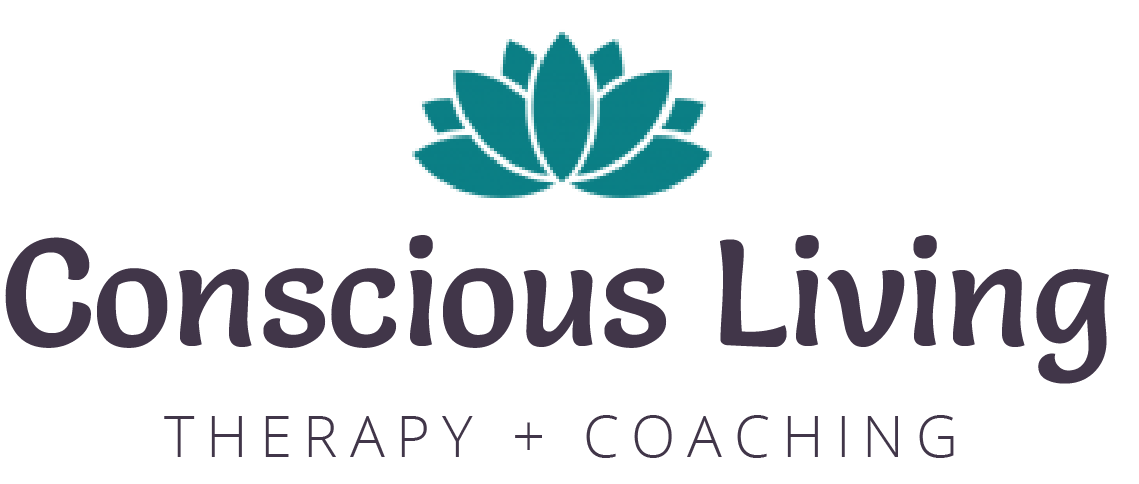The truth about genuine gratitude - How to invite real joy into your life
“No amount of regret changes the past. No amount of anxiety changes the future.
But any amount of gratitude changes the present.” – Glennon Doyle
Being grateful for experiences that bring joy and positive emotions is often easy, but there’s something about challenging circumstances that is… well, challenging. Yet, it is in these moments – these challenging, not-shiny, sometimes painful moments – we discover opportunities to evolve, heal, and grow at the soul level. Some of life’s greatest blessings are waiting behind life’s toughest lessons, and when we choose to bring authentic gratitude to a difficult situation, we can reduce suffering and embrace opportunities for growth.
Five ways to navigate difficult times and grow in gratitude.
Avoid avoidance. Acknowledge the storm.
When times are hard, there is a tendance to gloss over the pain and look for something bright and shiny to be happy about. It can feel easier to find a silver lining than to find the lesson amidst the suffering, but ignoring, overlooking, or avoiding the reality of a situation doesn’t make suffering go away. Lean in and acknowledge the storm.
2. Don’t overlook the storm in search of joy.
Invite joy into the storm.
People often think if they find something to be happy about, then they’ll have something to be grateful for, but that’s actually backwards. Joy doesn’t precede gratitude; it is gratitude that precedes joy. You can invite joy simply by extending active gratitude towards anything, big or small. Consistently practicing gratitude will create space for joy to enter in and push back the storm.
3. Hold space for other emotions.
Gratitude does not need to be the sole or dominant emotion in a difficult circumstance. In fact, it is perfectly normal and even healthy to feel more than one emotion at the same time, and gratitude can peacefully coexist with any other emotion. For instance, it is possible to feel both grateful and grieved, grateful and angry, or grateful and stressed. Gratitude reminds you while there may not be a way out of the storm, there is always a way through it.
4. Take care of your mental health.
Difficult times can take a toll on your mental health, but gratitude can offer significant support here. Gratitude is the antidote to so many symptoms of despair. There is empirical evidence showing gratitude practices can regulate the nervous system, release toxic emotions, and improve overall health and well-being. Additionally, gratitude reduces symptoms of depression and increases the production of happy hormones. Gratitude studies done over the past 10+ years have concluded people who consciously and intentionally practice gratitude not only improved happiness by around 10%, but also reduced depressive symptoms by approximately 35%.
5. Commit to practicing gratitude daily.
Professor and thought leader, Brené Brown, conducted large scale research on gratitude and determined that the happiest people were the ones who practiced gratitude every day. The keyword there is practice. While it’s wonderful to “feel” grateful and embody a thankful spirit, Brown’s findings revealed gratitude could not just be a feeling. The gratitude had to be an observable, actionable, consistent practice.
How to practice gratitude
There are countless ways to practice gratitude, but to get you started,
here are 5 easy ways to practice gratitude and make gratitude a daily habit.
1. Gratitude journaling
Keep a gratitude journal by your bedside or at your desk at work, and write down three things you are grateful for every day. Reread your list slowly and anchor the feeling of gratitude into your body.
2. Count your blessings
Keep a note on your phone, and whenever you think of something you are grateful for in your life, add it to your list of blessings. Note how your body may relax or soften as you acknowledge them.
3. Prayer and/or meditation
Include gratitude as part of your prayers or meditation practice. Start and close your prayer or meditation by offering intentional words of sincere gratitude.
4. Gratitude accountability partner
Make a commitment with a friend or a loved one to text or e-mail once a day/week to share something you are grateful for.
5. Gratitude affirmations
Start your morning off by speaking a few gratitude affirmations spoken aloud and feel how your body shifts. Here are some gratitude affirmations I love:
I am grateful for everything in my life that has contributed to my highest good.
I am grateful for all the blessings and lessons I have yet to receive.
I am grateful for every step forward I take – no matter how small.
The bottom line
In my experience, I have learned to be grateful not just for the silver linings and the rainbows, but also for the storm itself. Life’s storms offer lessons that foster growth, and those seemingly overwhelming storm clouds are overflowing with transformational opportunities. Eventually, every storm passes, and at the end of every storm, I am reminded that joy – real joy – is not something you find. Joy is something you create, and you create it with gratitude.
Let’s Connect
Hi there! I’m Jenny, a licensed Holistic Therapist, and Certified Adult Chair® Master Coach.
I combine both therapy and coaching methodologies to provide my clients with a holistic perspective and the techniques they need to flourish. Rediscovering who you were always meant to be is an act of courage, and radical self- love can turn unconscious paralysis into conscious growth. Learn more about me here.

